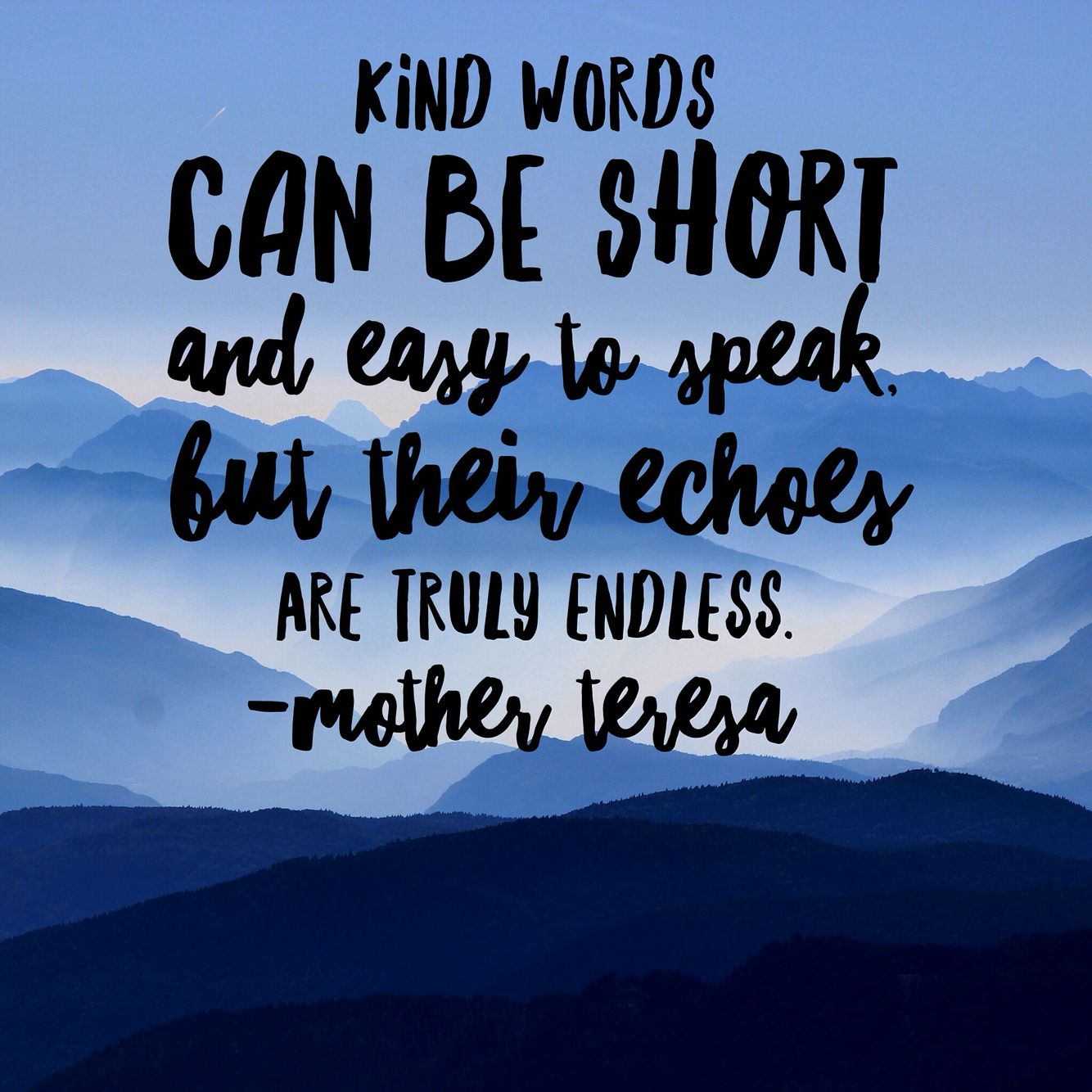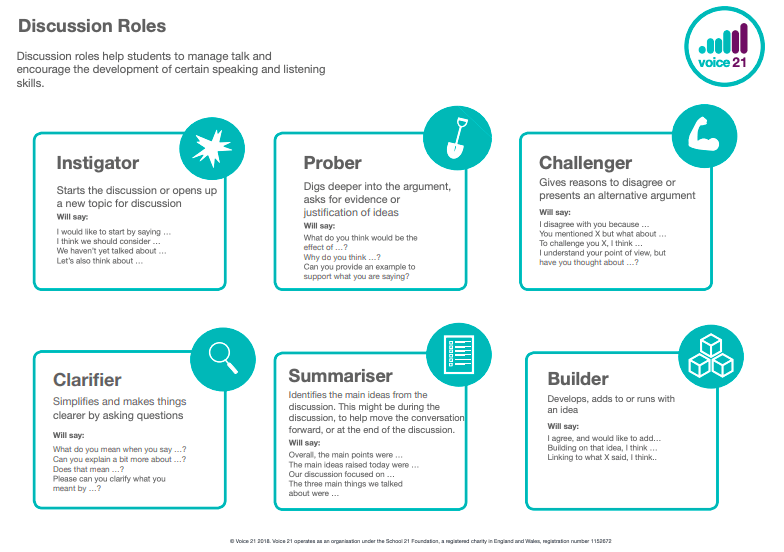
Communication is a tool that all leaders need, particularly with modes of communicating diversifying in our modern world. We have identified our ‘ABC’s to Communication’ – guidelines for those wishing to lead with both compassion and conviction, plus related activities for teachers to lead in the classroom.
Communication Starts with Listening
All great leaders need to acknowledge the importance of listening. It is often said because we have two ears and one mouth, we should be listening double the amount of time we are speaking. This ‘Communication Olympics‘ video expresses the importance of listening as a leader, pertinent for beginning a Primary classroom discussion regarding effective communication. Suitable for both teachers and Upper Secondary students, communication expert Julian Treasure shares his TED Talk ‘5 Ways to Listen Better’ including his top tips to be a better listener.
Openly Trust and Build Rapport
Trust is the foundation of any strong relationship. Test your ability to trust and communicate effectively in a ‘Blindfolded Obstacle Course’. Partner up, with one person wearing a blindfold and the other taking on the role of the director. Lay out a collection of obstacles (ensuring the blindfolded person isn’t peeking). When ready, the director guides the blindfolded person through the course, avoiding physical touch and limiting their vocabulary to simple directions such as ‘Left, Right, Forward, Backward, Up and Down’. Once complete, change up the course and swap roles!

Make Complex Things Simple and…
Make Space for Questions
Often as a leader, our biggest challenge is getting people to understand what we are trying to say. We need to ensure that as good communicators, we can simplify things and share our message in an accurate way. The ‘Snowflake Activity’ can be used in the classroom for Lower Secondary students to explore this concept. Begin with each student having a sheet of A4 paper and scissors. Call out vague instructions to students, such as ‘fold the piece of paper in half’ or ‘cut out a circle shape’. Once at least 8 instructions have been given, unfold the sheet of paper and see how each person’s snowflake looks a little different. This can then spark a discussion as to how instructions may be interpreted differently, meaning clarity when communicating and space for questions is vital.

Understand Others
Leaders recognise the importance of taking the time to understand others when they are communicating. Hand-in-hand with listening, understanding those around you results in further trust being built between you and them. Research professor Brené Brown explores the way we go about understanding others, highlighting the difference between empathy and sympathy. This video showcases Brené exploring this concept, with her urging people to communicate with empathy.
Non-verbal Cues are Important
Did you know that the words we use to communicate only make up 7% of the whole picture? 55% actually comes down to our non-verbal cues. It is important that we recognise the way we communicate through actions such as making eye contact, tapping our fingers on our desk and resting our head on our knuckles as someone else is speaking. Practice identifying these cues and the impact they have through an activity suitable for all ages, known as ‘Non-verbal Charades’. Each person is given a non-verbal cue to act out, such as those listed above. One-by-one the group then portrays theirs, followed by a discussion around what type of emotions each non-verbal activity appears to communicate.

Inspire Others by Speaking from Your Experience and…
Challenge Your Thinking
As honest communicators, we can only speak openly based on our own experience and learnings. It is important that we find the confidence to share these with others, as it will allow those around us to become comfortable sharing parts of themselves too.
We also need to be open to learning more about our communication style and how we may need to adapt based on certain circumstances or who we are communicating to. Challenge your thinking by utilising the resources on this website – including different discussion roles and the way each character could contribute to a conversation.
Actions Speak Louder Than Words
As we begin to develop our own communication style, we will notice that the way we communicate is influenced by the way others around us communicate, and visa versa. Additionally, we need to be aware of how our actions can portray as much, if not more, as what we say. Take Primary students through a game of ‘Emotional Charades’, an activity that allows young people to appreciate how they emotionally respond to certain situations. Further explanation of how the game works can be found on this website – alongside a collection of other valuable communication-related activities! Emotions cards like those shown on the right are also useful to teach students how to accurately communicate their emotions.

Talk with Honesty and Kindness
Practice testing kind and honest communication with a partner challenge. The way it works: Person A is told by the instructor to keep their fist in a closed position and that Person B will attempt to open it – however, they should only open their fist if Person B asks in a direct and polite manner. Person B, on the other hand, will simply be asked to open Person A’s fist in any way they can. Debrief this activity by discussing the different ways we communicate and what kind may suit different situations.
Empower Others to Speak
The biggest power a leader holds is their ability to empower those around them. It is important that we allow others around us to share what they believe, as often (if not more) as they listen to us. We need to be willing to take a step back, providing the platform for others to step up and communicate their own beliefs. A fun challenge to explore this is the ’60 Second Life Story’ partner activity. Person 1 has 60 seconds to share their life story, while Person 2 listens. They then swap roles, allowing both parties to experience the power of both listening and being able to speak without judgement.





